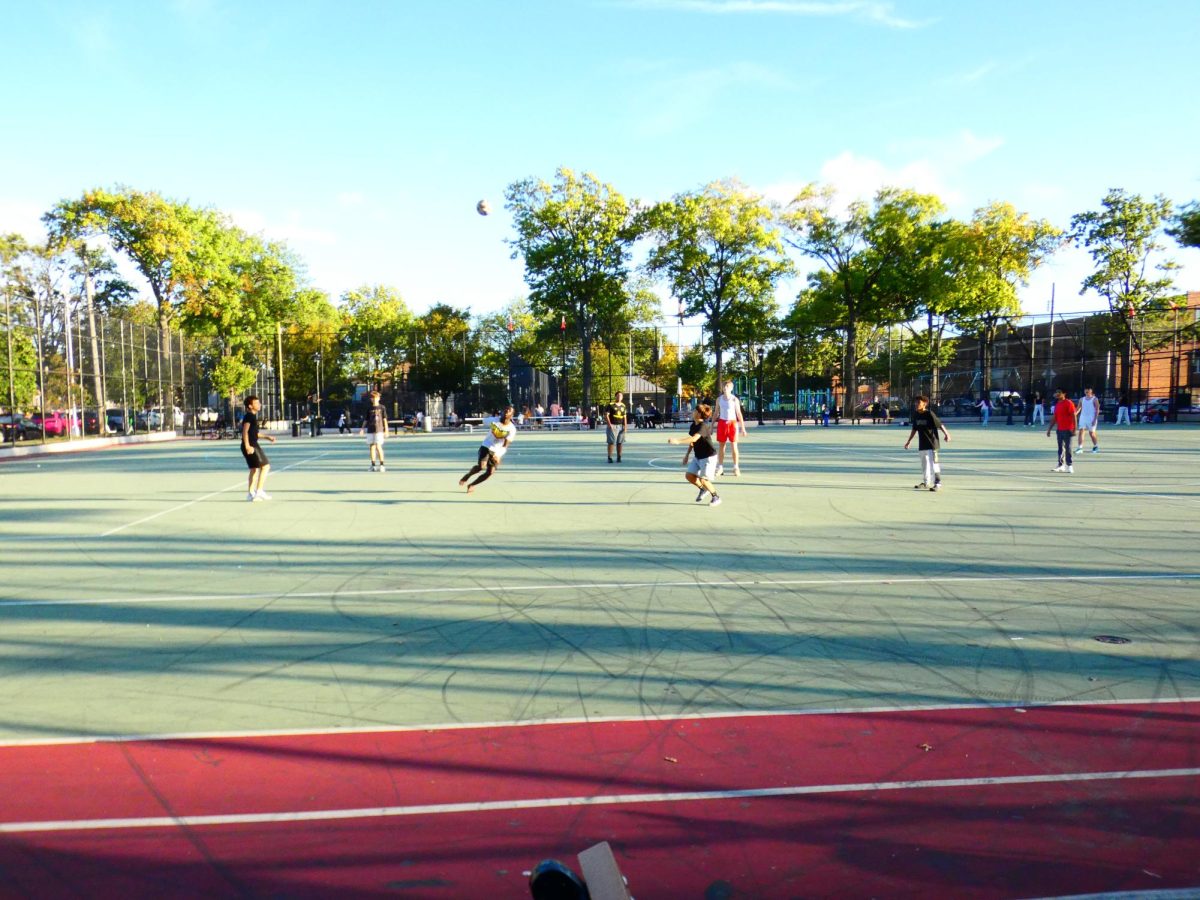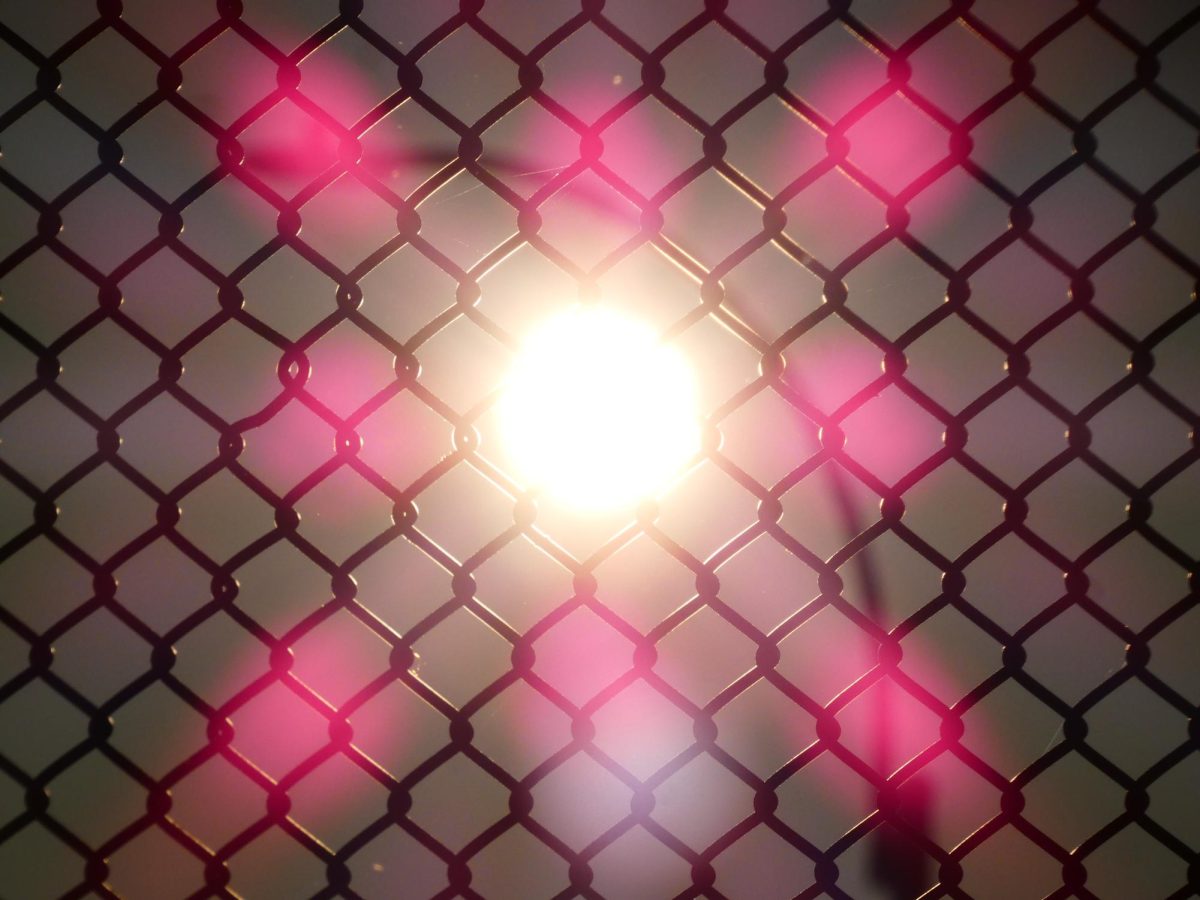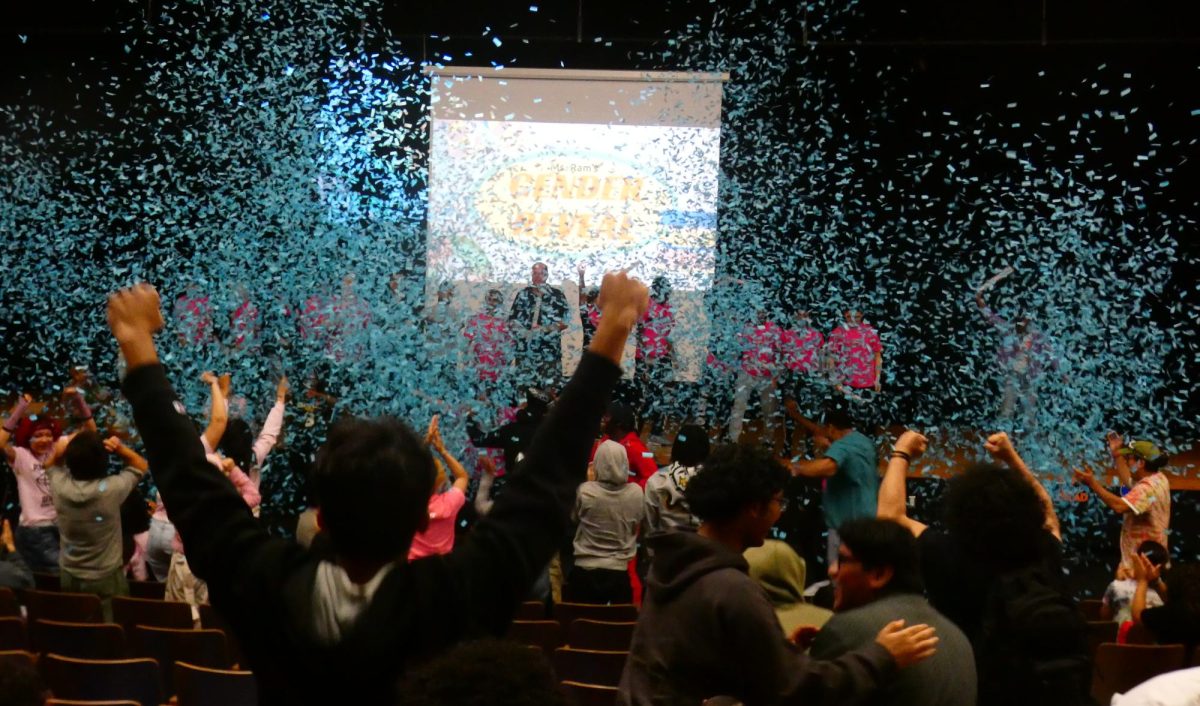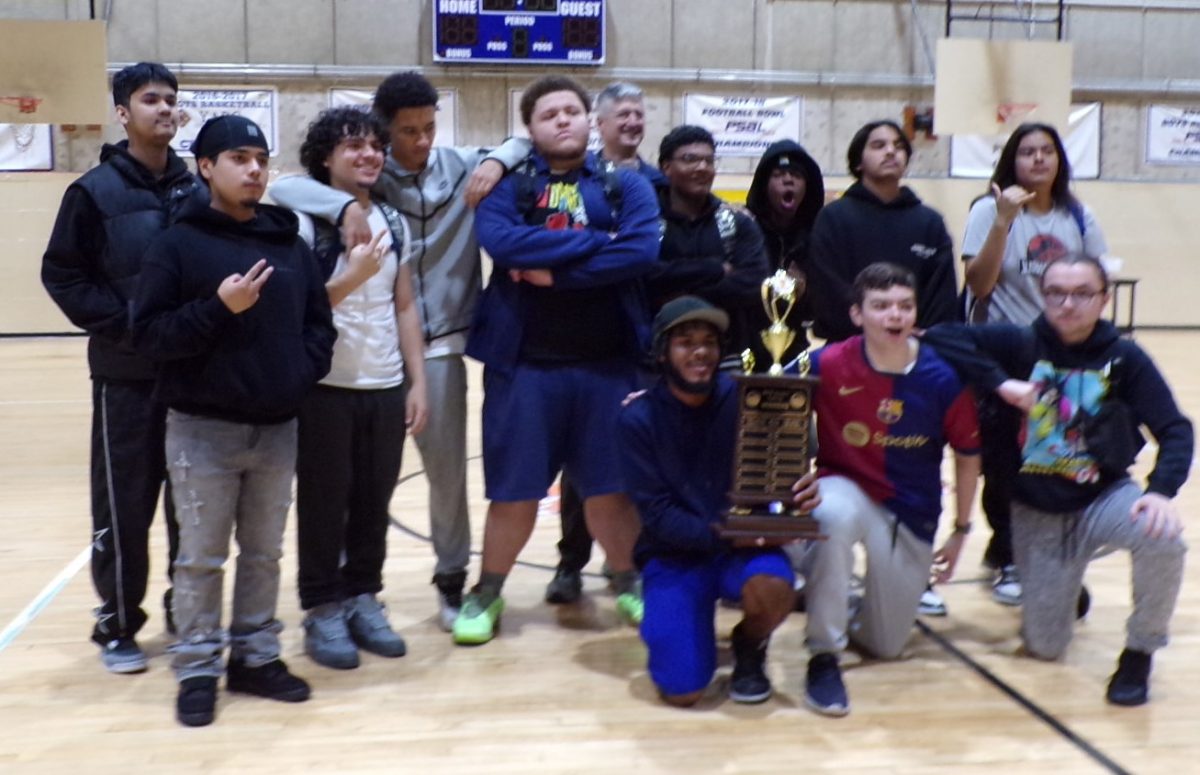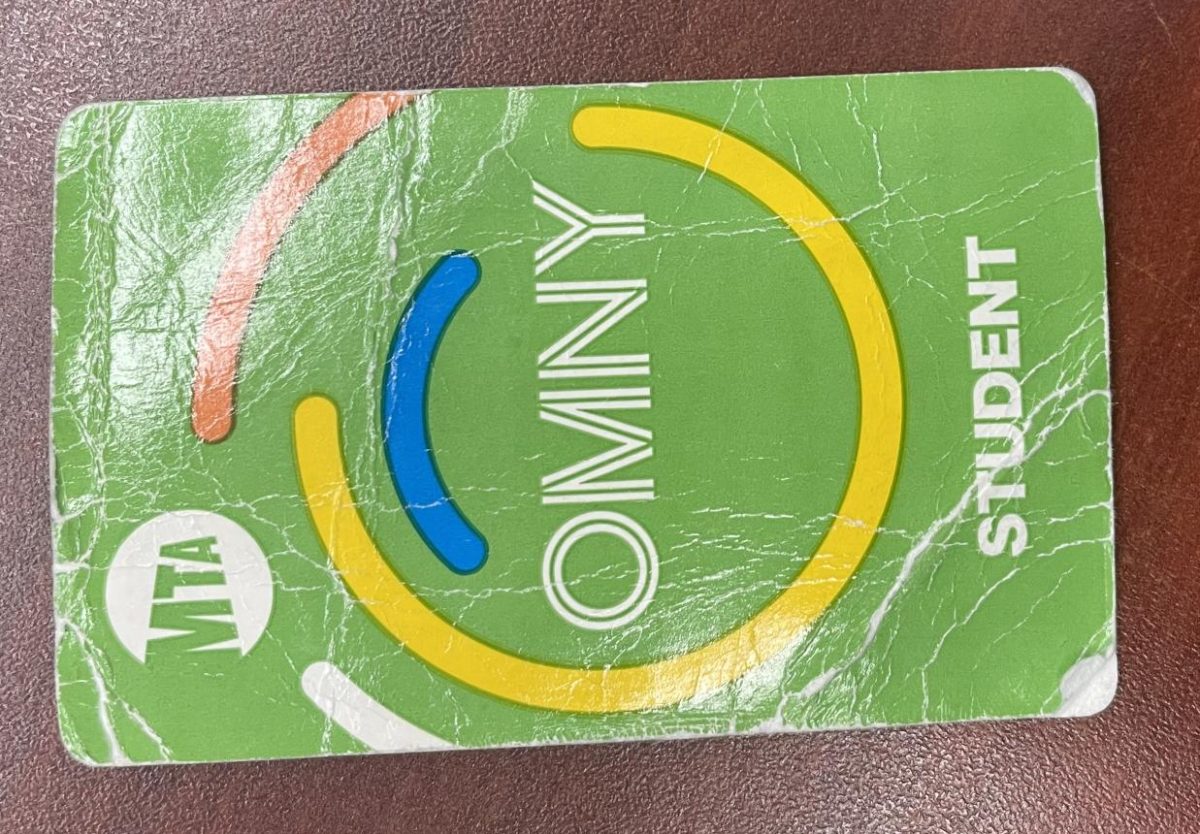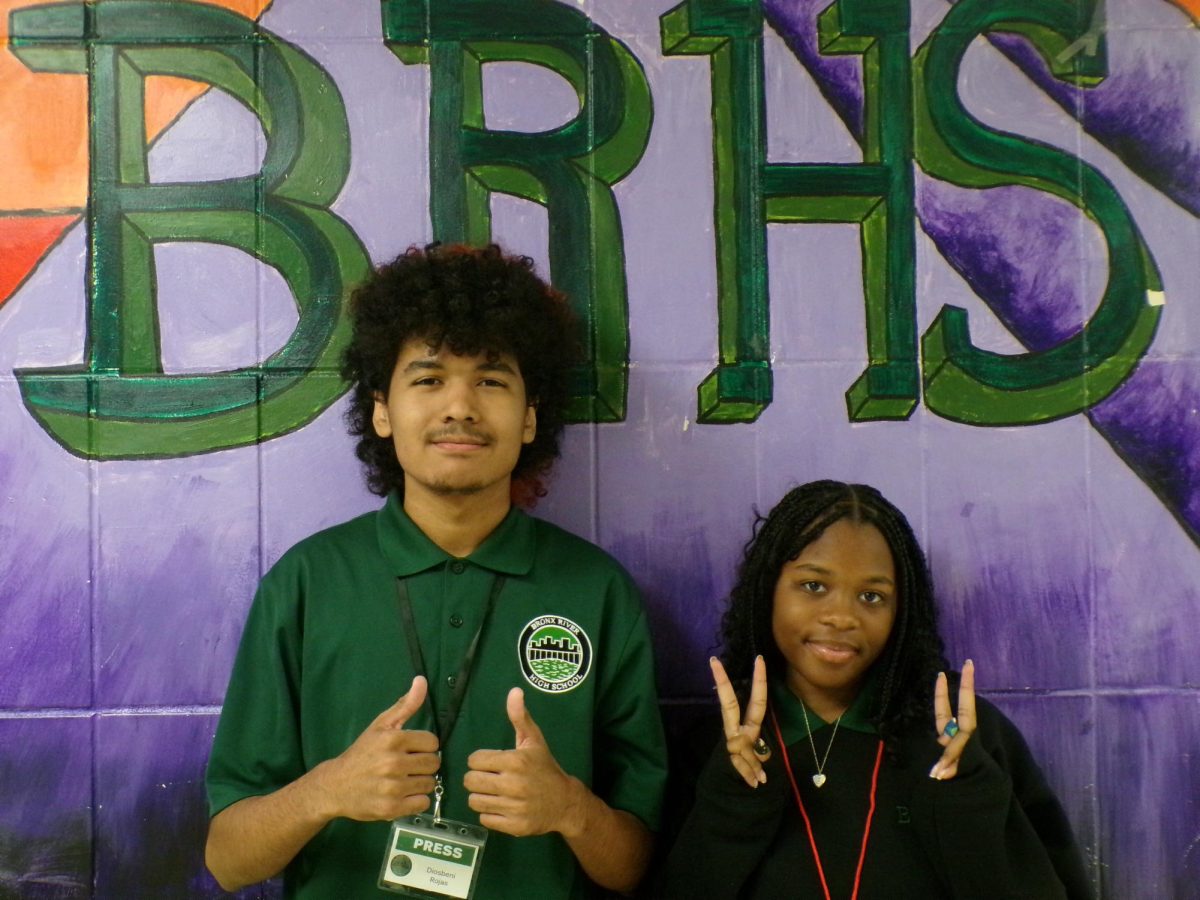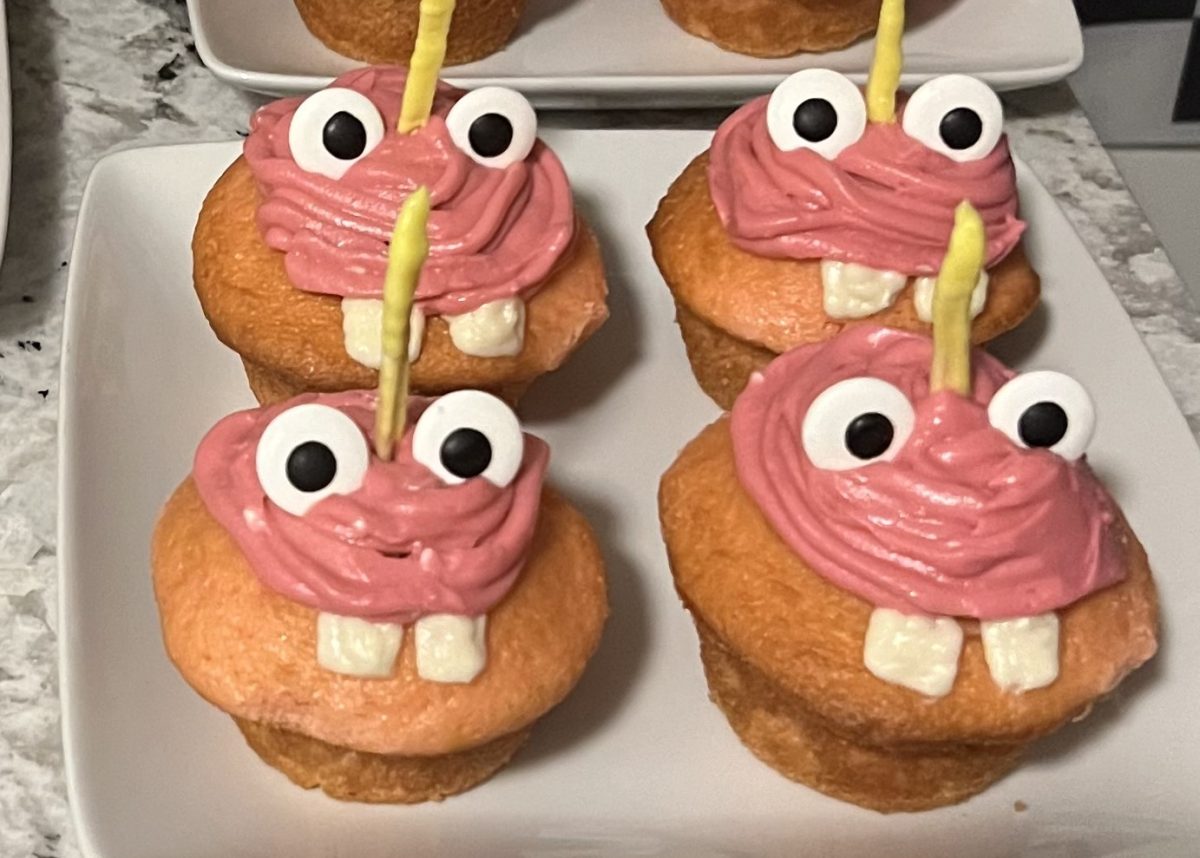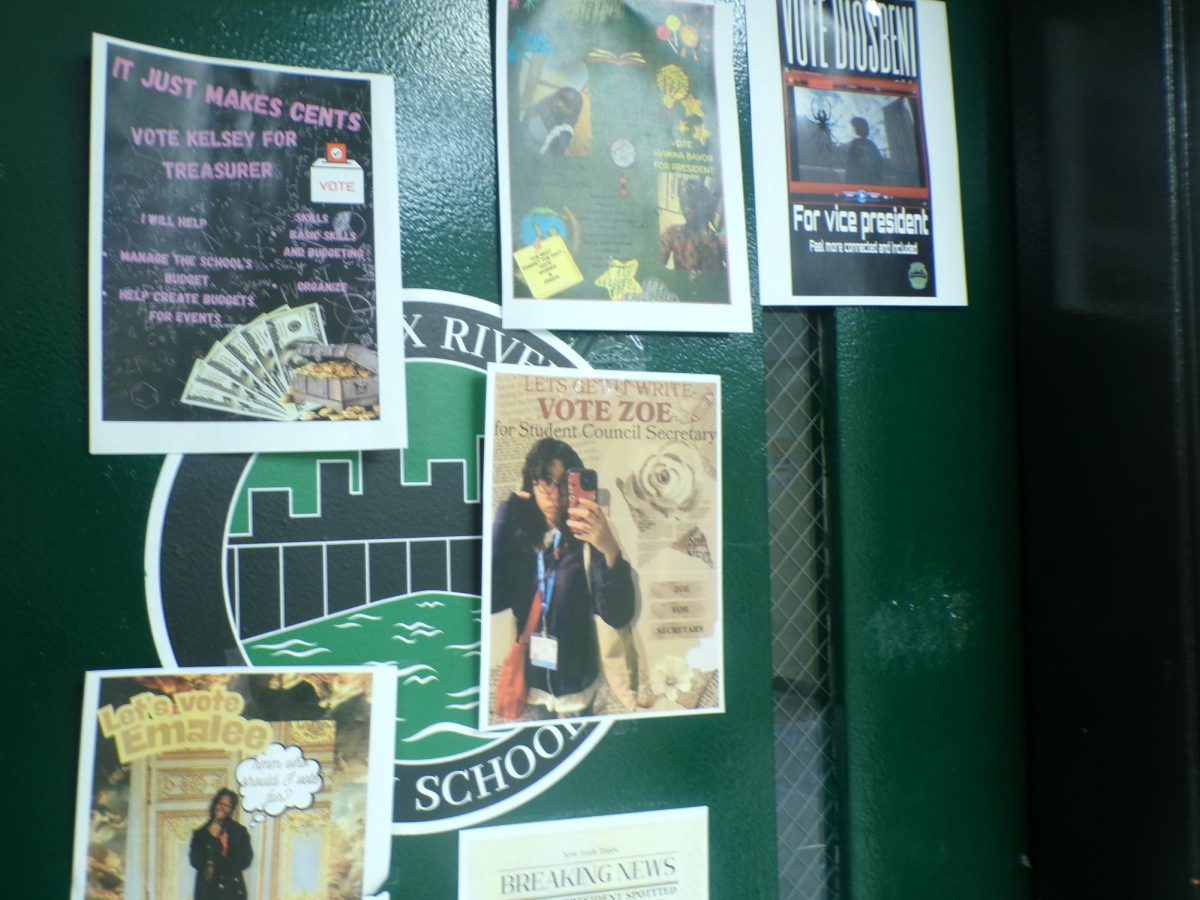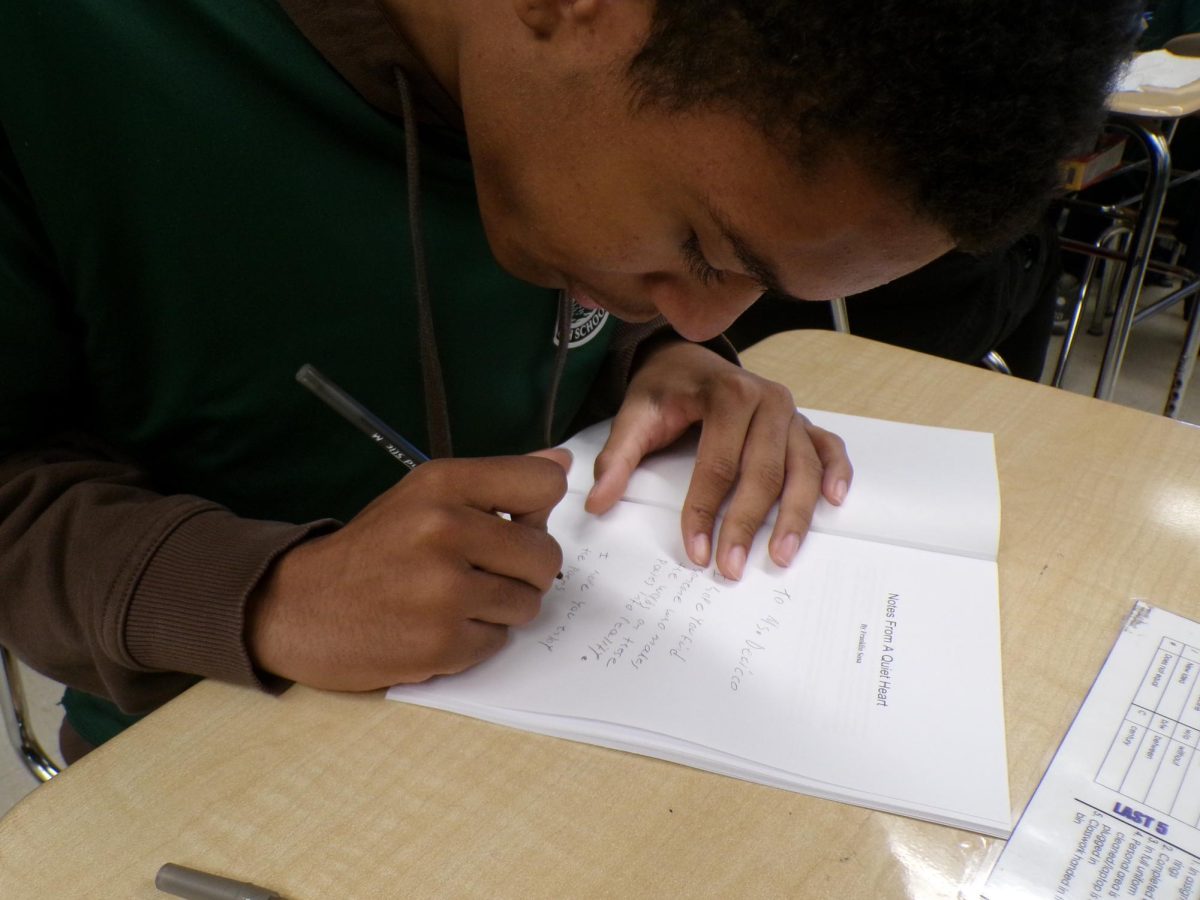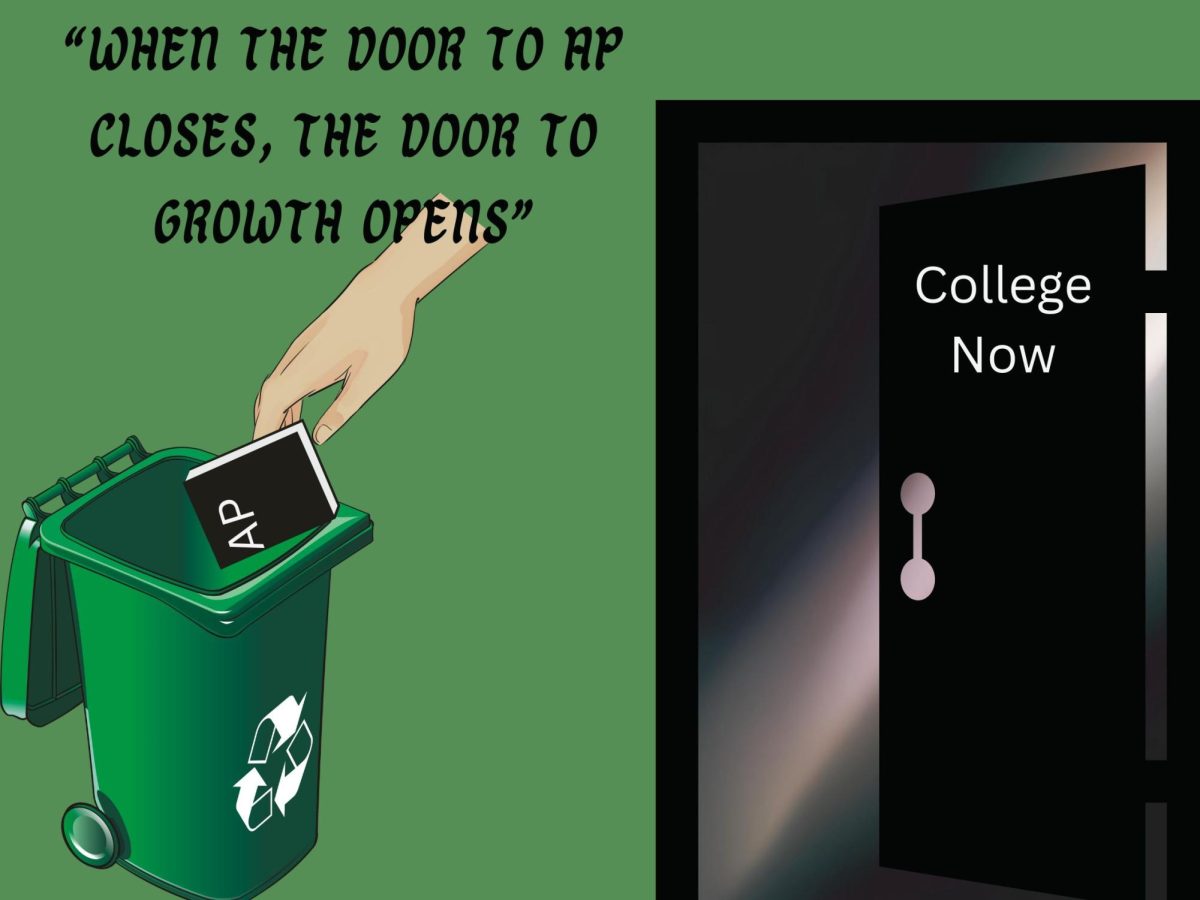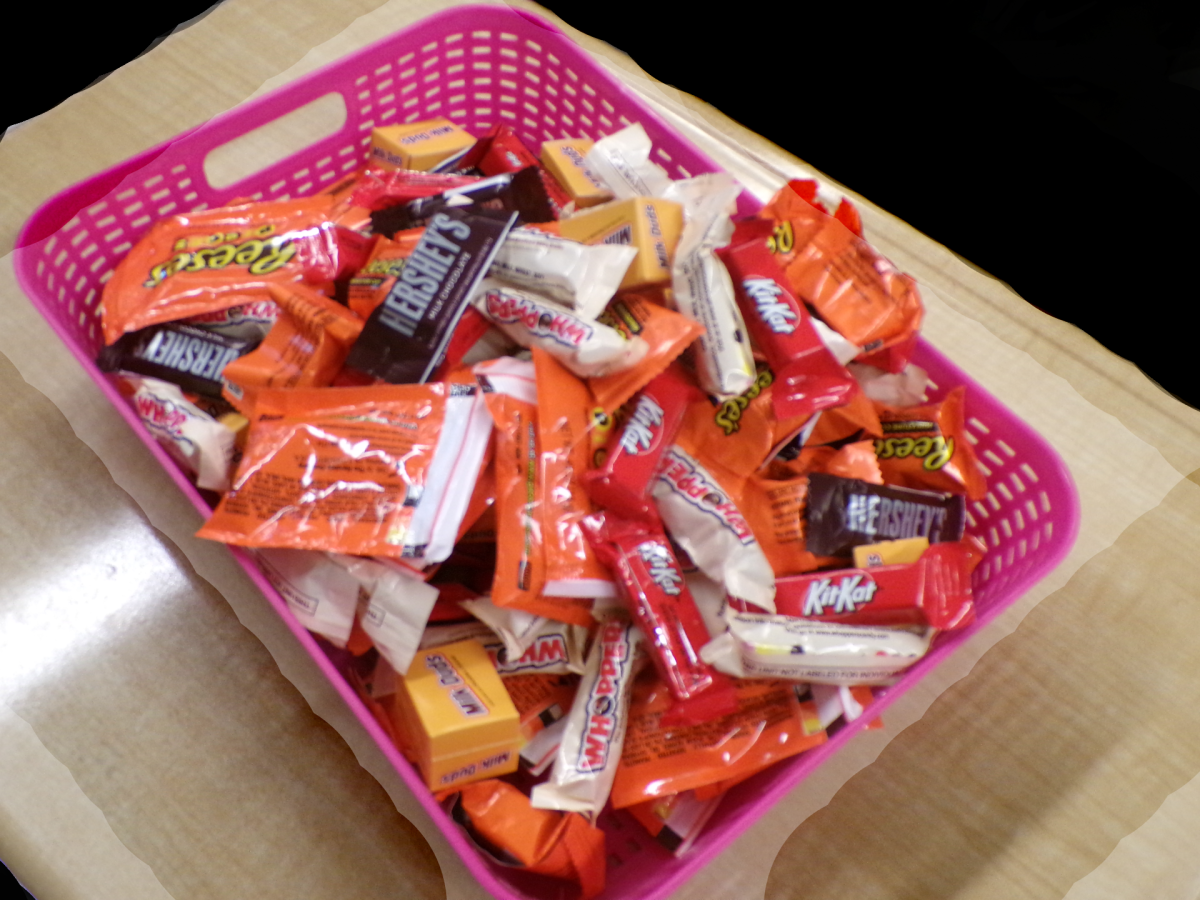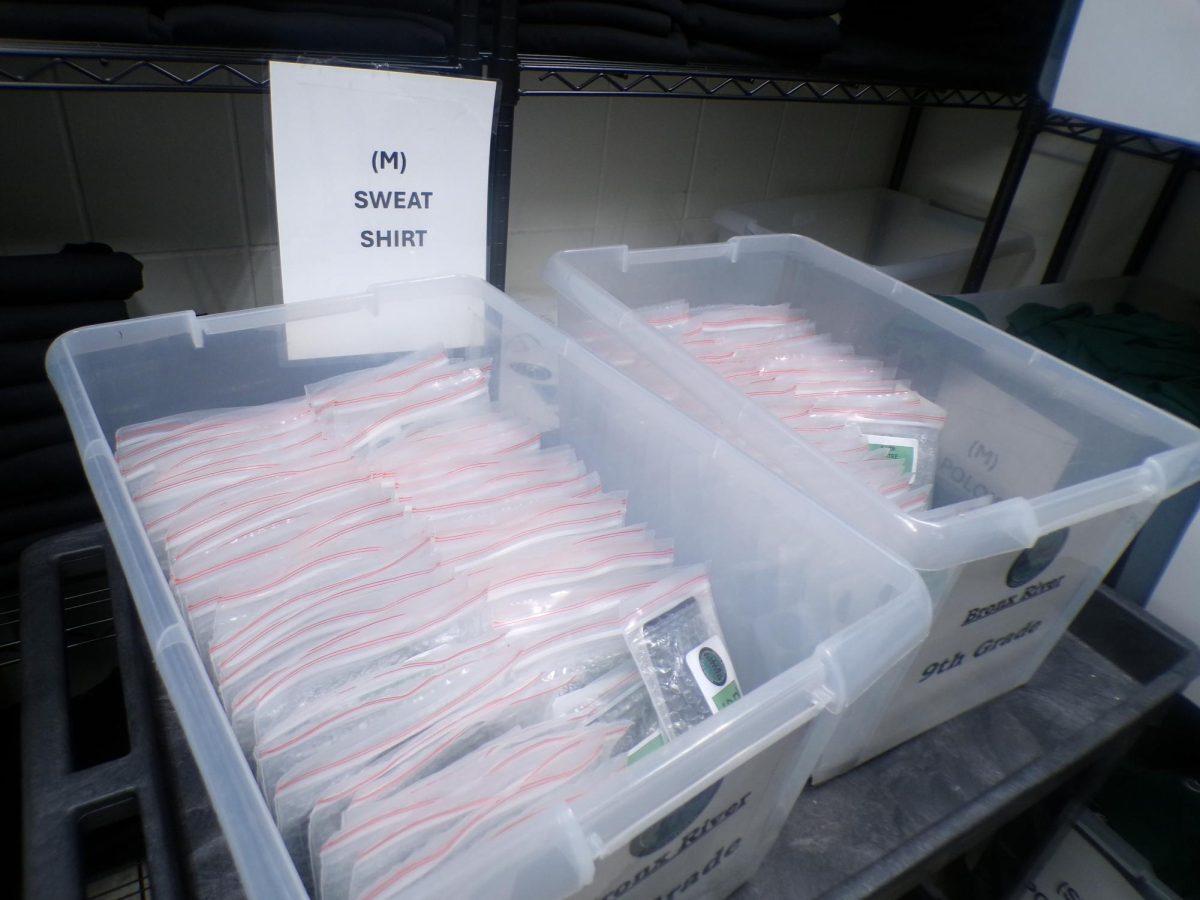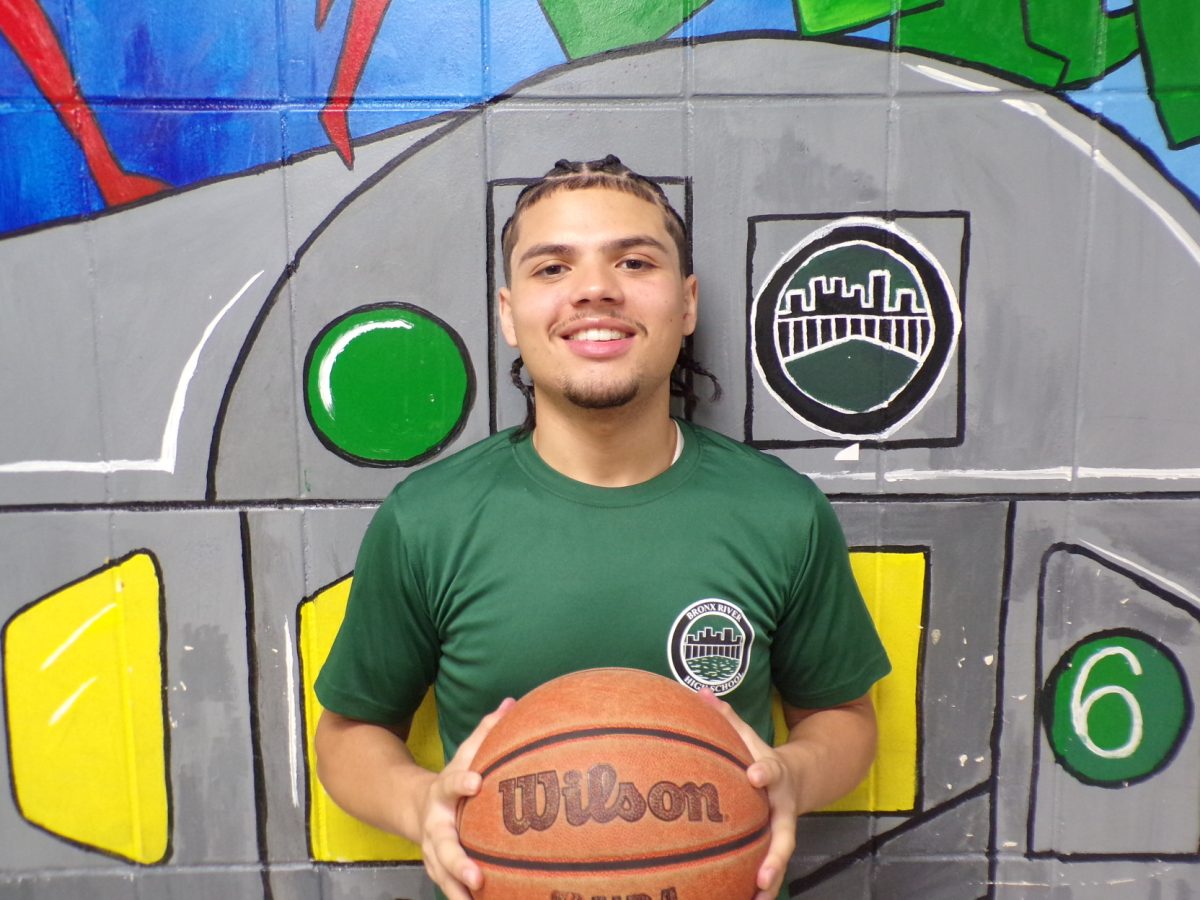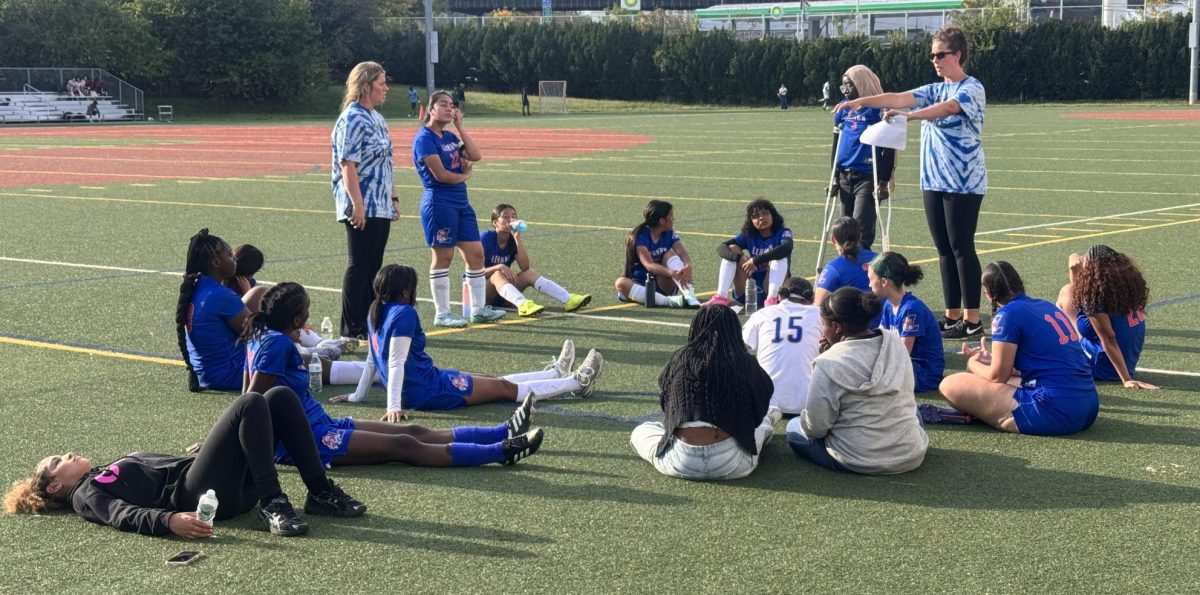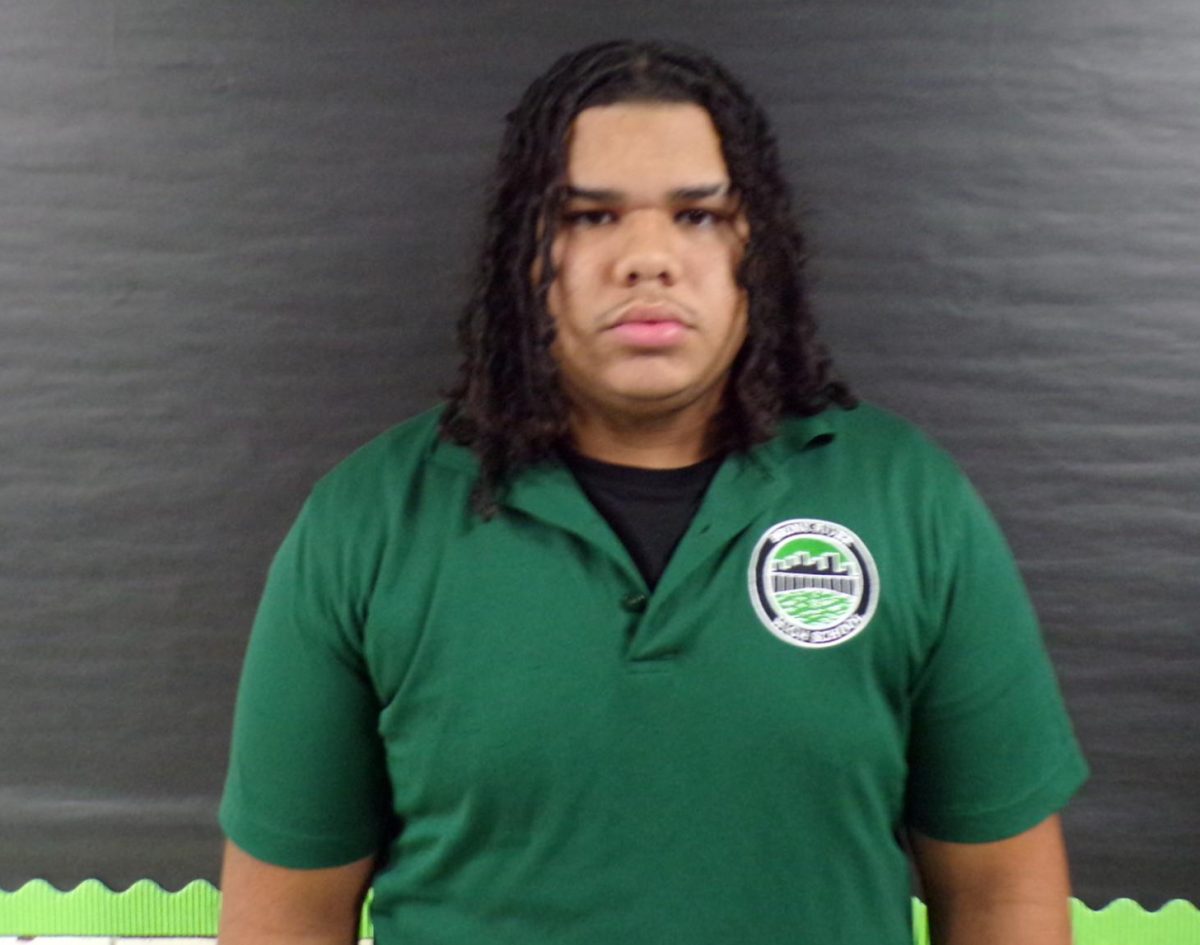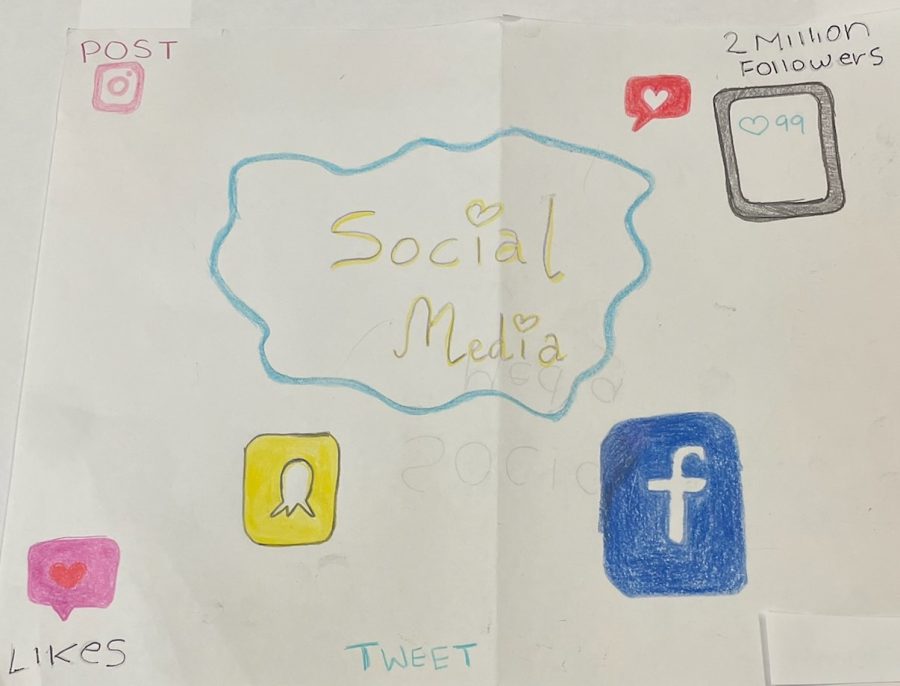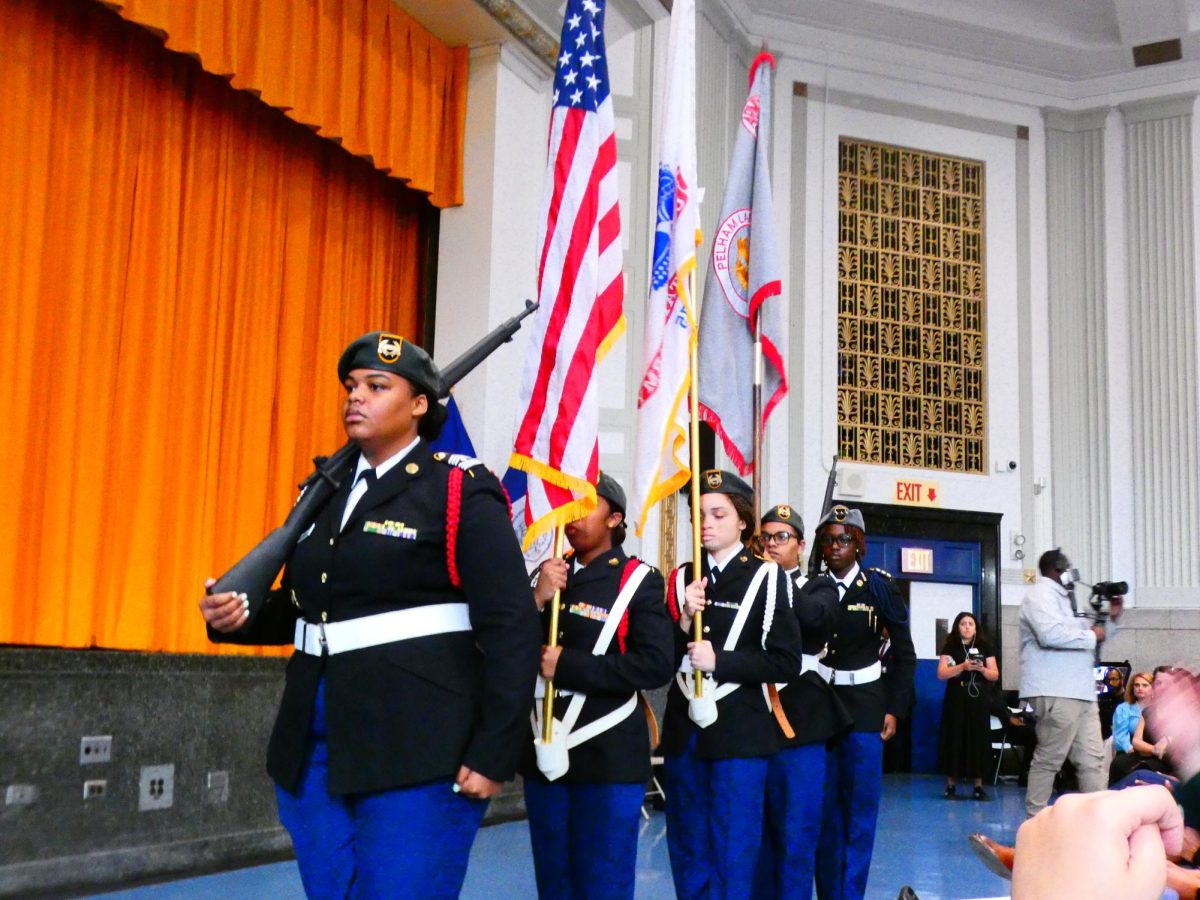As time passes, social media increasingly becomes more and more prominent in our daily lives. The more we use it, the more its effects on us start to show, both positive and negative. One of the major negative effects is cyberbullying, which influences many different types of people. However, teenagers are especially known to be negatively impacted by this, turning them into both bullies and victims. Cyberbullying has become a global epidemic, where teens are mentally harmed by it on a daily basis. The debate about if social media helps or harms us continues, but BRHS continues to work to make it a safe place that prevents all types of bullying.
Mayor Eric Adams worries that social media is harming the mental health of young people. He says that businesses such as Facebook, YouTube, and TikTok are contributing to the mental health epidemic by incorporating risky and addicting elements into their platforms.
According to Jason Maass, who oversees the security of the Herbert H. Lehman High School campus, cyberbullying is “an attempt to intimidate, scare, or generally pick on people without having to confront them face to face. It’s a tool people use to make themselves feel empowered while trying to belittle others.”
He says that cyberbullying differs from regular bullying because online bullying allows you to go back to the hurtful message and reread it over and over again, which brings the emotions back fresh every time. With regular bullying, on the other hand, the day will go on and the emotion will eventually fade away.From his experience, Mr. Maass has noticed that people who are different from anyone else, whether its their looks, friend group, or opinion on any topic, are most susceptible to cyberbullying. “Cyberbullying mostly affects teenagers that aren’t in a larger group or have a smaller group of friends. Or even if they’ve been unlucky enough to have something happen to them in public. For example, tripping in front of others or spilling soda on yourself,” he says. If the video was recorded, someone could post it online and utterly humiliate the person in the video. Mr. Maass notes that cyberbullying never occurs on only one platform, but mostly changes with whatever the most popular platform at that time is.
“Depression, isolation, difficulty socializing with people, and developing trust issues are just some of the negative effects that teenagers face from cyberbullying,” Mr. Maass says. Additionally, he adds that picking on people’s insecurities can ultimately lead to suicidal thoughts. Several students over the course of Mr. Maass’ career have said that social media posts have hurt their mental health. Memes are a common way many students have been bullied, with pictures of them being used. However, Mr. Maass emphasizes the fact that the memes aren’t the only harmful part. Comments that encourage the harassment can sometimes be even more harmful than the initial post itself.
Mr. Maass advises students to learn how to live without bullying and self-hatred. “If you can’t do that, filter out what pages you follow and who you surround yourself with. Don’t be afraid to block someone and seek help when you need it. Never be afraid to ask,” he says. Mr. Maass mentions that 6 out of 10 middle school bullies were convicted of crimes by the time they were 24. Many people believe that bullying is harmless, but it can cause harm for both the perpetrator and the victim. Such negative influence on a child’s mind to think that bullying is OK, especially with the increasing usage of social media in recent years, can turn them into criminals before they even know it.
Students at BRHS anonymously addressed cyberbullying and their experiences with it. “Throughout elementary school and middle school, I’ve always been bullied, even online, because I didn’t fit in,” one student said. “I was different because I didn’t force myself to like the same things as everyone else,” he said.
He also expressed that being open about his autism is the reason so many people took the chance to bully him. The student says that he overcame it but not caring what others think, though it took a long time. “I always wondered why people didn’t like me, but I realized that not everyone will, so you need to appreciate those who do enjoy your company,” he said.
From the perspective of a student who has never been bullied online or in person, things can appear very different. “I’ve never been bullied, but if I was in that position, I’d just insult them back,” the student says. “I think I’ve never been bullied because I don’t appear as someone that’s weak or that can easily be targeted,” Additionally, the student says that he has seen bullying and cyberbullying happen, but never interfered. He suggests bullying victims to not change themselves for anyone and embrace who they are regardless of bullying.
According to another student, Bronx River’s past online incidents resulted in inappropriate personal content and mean things being leaked. She shares that this “resulted in victims being uncomfortable coming to school because they didn’t know what their peers would think of them.”
Tene Kelly, an assistant principal, explains the steps BRHS takes to handle this kind of bullying. “The first step is to identify the victims and shut down the Instagram account,” she said. After doing this, Ms. Kelly has a conference with each victim and makes individual plans for the next steps.
She took these steps when dealing with a cyberbullying incident several years ago. “Some of the victims were upset and some didn’t care, but regardless, we had to serve them justice,” she said.
Once the perpetrators were uncovered, they were suspended and transferred. An assembly was later held in the school for the students to understand what cyberbullying is and how harmful it can be.
“Though only the people running the account faced consequences, followers of the account were also engaging in cyberbullying,” Ms. Kelly said. “Following an account like this only encourages its behavior.”

